


Copyright 2011 Evan Mawdsley
All rights reserved. This book may not be reproduced in whole or in part, in any form (beyond that copying permitted by Sections 107 and 108 of the US Copyright Law and except by reviewers for the public press) without written permission from the publishers.
For information about this and other Yale University Press publications, please contact:
US Office:
Europe Office:
Set in Minion by IDSUK (DataConnection) Ltd
Printed in Great Britain by MPG Books Group, Bodmin, Cornwall
Library of Congress Cataloging-in-Publication Data
Mawdsley, Evan, 1945
December 1941 / Evan Mawdsley.
p. cm.
Includes bibliographical references and index.
ISBN 978-0-300-15445-0
1. World War, 19391945. 2. World War, 19391945United States. I. Title.
D743.M365 2011
940.53dc23
2011021435
Contents
Illustrations and Maps
Ambassador  shima Hiroshi and Adolf Hitler, Berlin, 1939. Yad Vashem.
shima Hiroshi and Adolf Hitler, Berlin, 1939. Yad Vashem.
Field Marshal Fedor von Bock, Russia, 1941. Bundesarchiv, Bild 183-B12867/Gutjahr.
General Franz Halder and Field Marshal Walther von Brauchitsch. Bundesarchiv, Bild 183-H27722/Gutjahr.
General Georgii Zhukov, November 1941. RIA-Novosti.
President Roosevelt and Prime Minister Churchill aboard Prince of Wales, 10 August 1941. Imperial War Museum, A 4817.
Lord and Lady Halifax. Photo by Thomas D. McAvoy/Time & Life Pictures/Getty Images.
Operation CRUSADER , NovemberDecember 1941. Imperial War Museum, E 6751.
The British commanders in Malaya, 1941. Photo by Carl Mydans/Time & Life Pictures/Getty Images.
.
Joseph Stalin signs the Declaration of Friendship and Mutual Assistance with Poland, 4 December 1941. The Polish Institute and Sikorski Museum, London.
Tending to German wounded on the Moscow front, NovemberDecember 1941. Bundesarchiv, Bild 146-2008-0317.
The air raid on Pearl Harbor, 7 December 1941. Naval Historical Foundation, Washington, DC.
Admiral Yamamoto Isoroku. Naval Historical Foundation, Washington, DC.
Admiral Tom Phillips, Singapore naval base, 2 December 1941. Imperial War Museum, FE 487.
Prince of Wales and Repulse under Japanese air attack, 10 December 1941. Naval Historical Foundation, Washington, DC.
Hitler declares war on the United States, 11 December 1941. Bundesarchiv, Bild 183-1987-0703-507.
Senior German leaders at the Reichstag meeting, 11 December 1941. Photo by Keystone-France/Gamma-Keystone via Getty Images.
The Old Reich Chancellery, Berlin. Bundesarchiv, Bild 146-1998-013-20A.
Maps
The Russian-German Front
Battle of Moscow: Last Phase of Operation TAIFUN
Libya: Operation CRUSADER
Battle of Moscow: Soviet Counterattack
Southeast Asia
The Pacific and East Asia
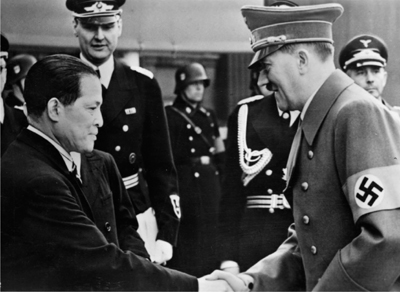
Ambassador  shima Hiroshi and Adolf Hitler
shima Hiroshi and Adolf Hitler
This photograph dates from 1939. In the first days of December 1941,  shima, the Japanese Ambassador to Berlin, had difficulty contacting Hitler, as his government attempted to obtain support for the attack on Britain and the US.
shima, the Japanese Ambassador to Berlin, had difficulty contacting Hitler, as his government attempted to obtain support for the attack on Britain and the US.  shima was a General in the Imperial Japanese Army; he served in Berlin as Military Attach and then as Ambassador. His intercepted messages to Tokyo were a vital source of intelligence for the Allies throughout the war.
shima was a General in the Imperial Japanese Army; he served in Berlin as Military Attach and then as Ambassador. His intercepted messages to Tokyo were a vital source of intelligence for the Allies throughout the war.
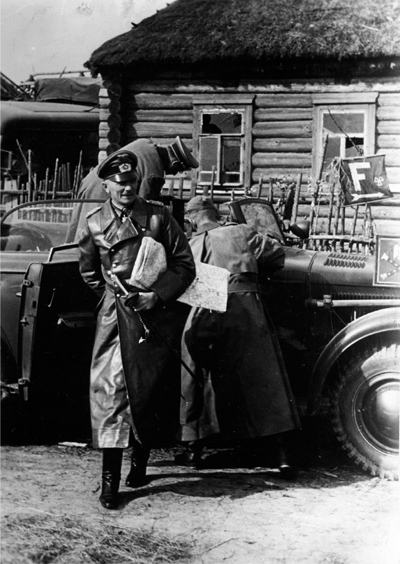
Field Marshal Fedor von Bock
Von Bock was C-in-C of Army Group Centre, the largest German command on the Eastern Front. An enthusiastic supporter of a continued advance on Moscow in mid-November 1941, Bock eventually realised that his men were being pushed beyond endurance. Physically exhausted himself, he was removed from his post in late December.
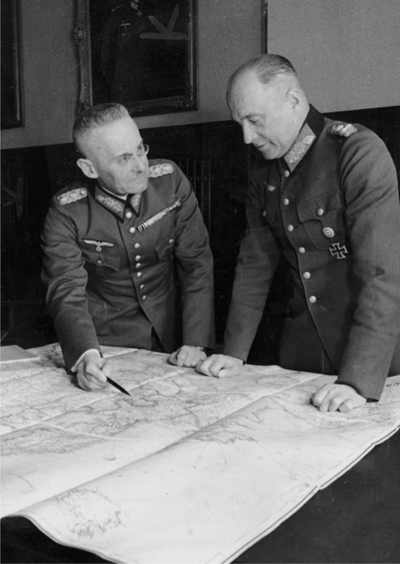
General Franz Halder and Field Marshal Walther von Brauchitsch
From 1938 until late December 1941 these two men led the German Army. Brauchitsch (r.) was C-in-C of the Army, Halder was Chief of the General Staff. Both strongly urged an unrelenting attack on Moscow in November 1941, believing the Red Army had been fatally weakened. Hitler blamed Brauchitsch for the subsequent defeat and took over his post.
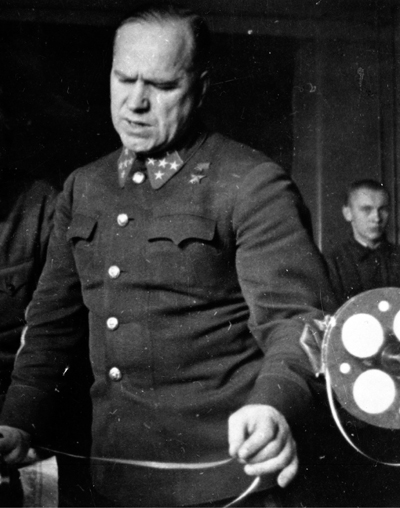
General Georgii Zhukov
In October 1941, when the Moscow front seemed in danger of collapse, Stalin installed General Zhukov as C-in-C of Western Army Group. Resolute and ruthless, Zhukov led the successful defence of the city and carried out the successful counterattack. He is shown here, in November 1941, reading an incoming message from a teletype tape.
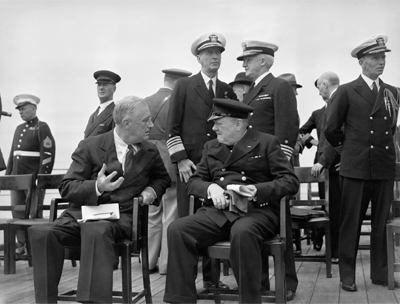
President Roosevelt and Prime Minister Churchill aboard Prince of Wales, 10 August 1941
The relationship between these two leaders was crucial to the events of December 1941. They first met, face to face, during the August 1941 conference at Argentia Bay, Newfoundland. The meeting was held partly aboard the British battleship Prince of Wales, which would be sunk four months later off Malaya. The conference developed plans for a possible war with Germany and its allies. Standing behind Churchill are Admiral King (l.) and Admiral Stark. Harold Stark, as Chief of Naval Operations, was a close adviser to FDR and an advocate of a strategic policy which prioritised war with Germany. Errors of judgement made at the time of the Pearl Harbor attack would lead to his replacement by Admiral King.

Lord and Lady Halifax
E.F.L. Wood, Viscount Halifax, served as the British Ambassador to Washington, and was a key intermediary between Churchill and Roosevelt. In mid-November he bet Lady Halifax that Britain would not be at war with anyone new before the end of the year. On 4 December he concluded, on the basis of intelligence revelations, that the wager was lost and that the Japanese balloon would go up in a day or two. The previous evening FDR had given him a verbal promise of support if Britain became involved in a war with Japan.
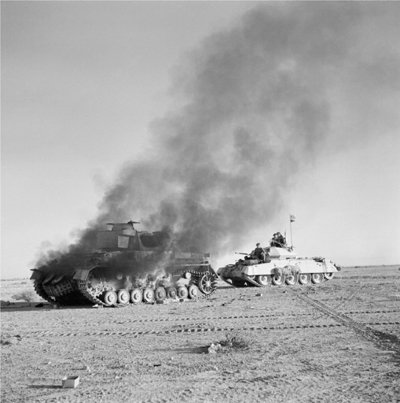
Next page



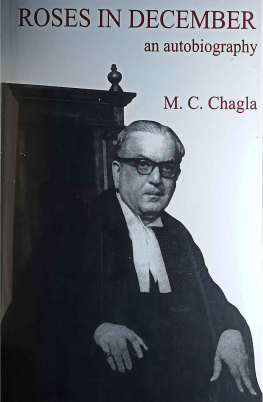
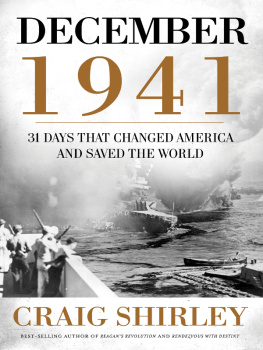

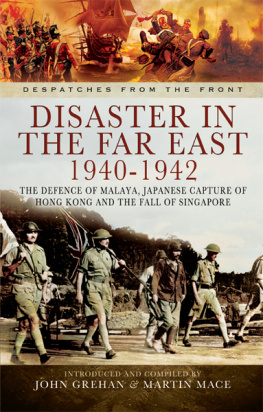
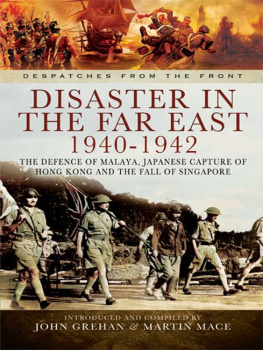
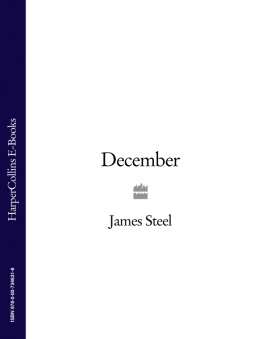







 shima Hiroshi and Adolf Hitler, Berlin, 1939. Yad Vashem.
shima Hiroshi and Adolf Hitler, Berlin, 1939. Yad Vashem.





